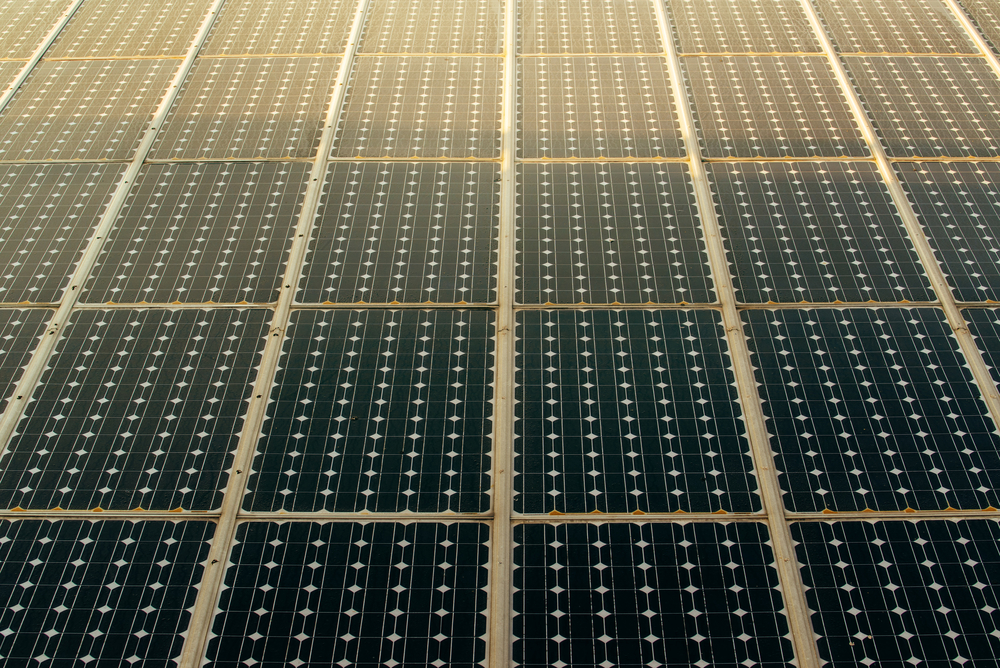Do you want to save on electricity or have an additional and independent source of alternative energy? Or maybe you are a supporter of green energy? If so, then solar panels are the topic for you.
- Solar energy, or what are solar panels
- Solar panels – from the history of creation
- What is the difference between solar panels and solar collectors
- How solar panels work
- Types of photocell plates
- solar panel efficiency
- What affects the energy efficiency of solar panels?
- Advantages and disadvantages of solar panels
- Where are solar panels used?
Solar energy, or what are solar panels
The sun is the main source of energy for all living things and our planet itself. Moreover, the amount of energy coming to the Earth in just 40 minutes is enough to satisfy the energy needs of all the inhabitants of the globe during the year. Given the renewable and virtually limitless resources of the heavenly body, the prospects for its use are great. Moreover, of all alternative energy sources, it is solar that is recognized as the safest and most environmentally friendly. Therefore, today the energy of the sun is becoming more and more in demand in various spheres of human life.
Special devices help people to take advantage of this gift of nature – solar panels (or solar batteries) . They convert the free energy of the Sun into electrical energy and are gaining increasing popularity around the world.
Solar panels – from the history of creation
The idea of converting free sunlight into energy that will work for the benefit of man has excited people for a long time. It so happened that the first solution historically was solar thermal power plants or solar collectors , which are fundamentally different from solar batteries (we will briefly discuss the principle of operation of collectors below). Solar panels have become, in fact, the second and quite successful attempt of mankind to convert the energy of the sun into another type of energy that can be used to power various types of residential, non-residential and commercial facilities.
And although solar energy is not so many years old, its development was preceded by a number of discoveries and developments. But a real breakthrough in the direction of the use of light energy occurred in the middle of the 19th century, when the French scientist Alexandre Edmond Becquerel discovered the phenomenon of the photoelectric effect. In 1873, the English electrical engineer Willoughby Smith discovered the effect of photoconductivity in selenium, and a few years later, the American Charles Fritts designed the first solar cell, consisting of a thin layer of selenium located between gold and copper plates, and having an efficiency of only 1%.
In 1987, Heinrich Hertz discovered the external photoelectric effect, and in 1889, the Russian Alexander Stoletov, in whose experimental setup an electric current flowed, born by light rays, described the patterns of the photoelectric effect. Later, Albert Einstein “had a hand” in this. At the beginning of the 20th century, he explained the photoelectric effect on the basis of quantum theory, for which he later even received the Nobel Prize. And the first prototypes of solar panels were created by the Italian photochemist Giacomo Luigi Chamichan. Subsequently, scientific research in the field of semiconductors led to the synthesis of silicon solar cells with an efficiency of 4%. This innovation was made in 1954 in the laboratory of the Bell Telephone Company. Later, their efficiency was increased to 15%, and solar panels were first used in rural areas and remote cities as a power source for a telephone communication system, where they have been successfully used for many years. A few years later, satellites using solar panels were launched into space. Subsequently, photocells based on other semiconductors were developed and created.
What is the difference between solar panels and solar collectors
As we wrote above, humanity invented solar collectors earlier than solar panels. These are completely different devices, although both convert the energy of the Sun and have the word “solar” in the name. On this, perhaps, their commonality ends. Now let’s look at the differences.
In short, when using solar collectors, the consumer “at the exit” receives thermal energy in the form of a heated coolant, and solar panels are designed only to generate electric current.
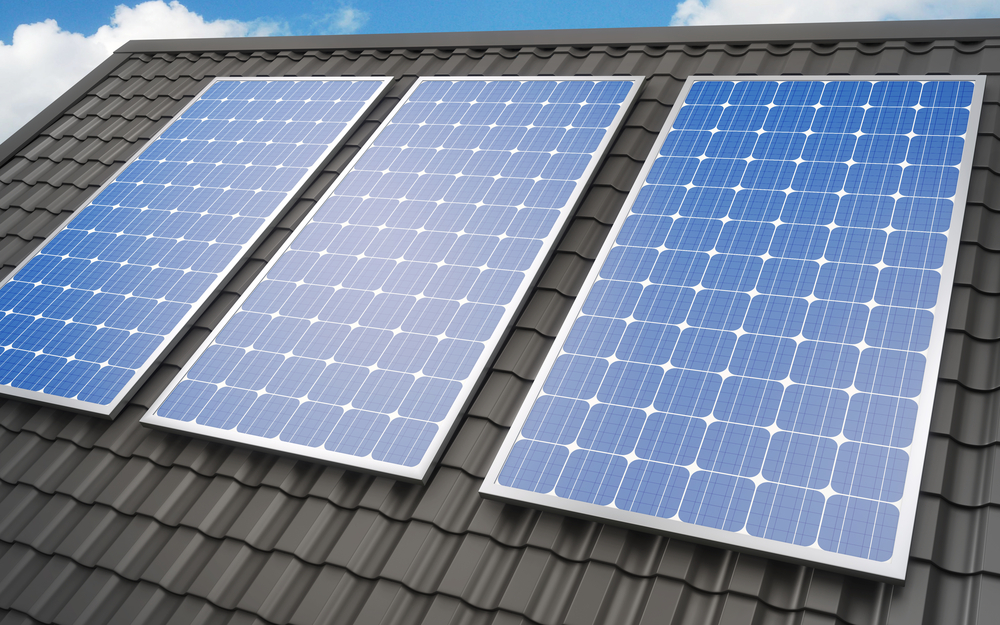
Solar panels directly convert the sun’s energy into electricity using photovoltaic cells (PVC – photovoltaic converters or solar cells).
A solar collector is a solar plant, the task of which is to collect and transfer thermal radiation to a coolant that circulates through the collector. In turn, the coolant heats the container where the water is located to provide hot water. That is, unlike solar panels, a solar collector heats the heat-transfer material , and then the accumulated energy is used for certain purposes (water heating, heating system operation, flushing work). Simply put, solar collectors produce hot water.
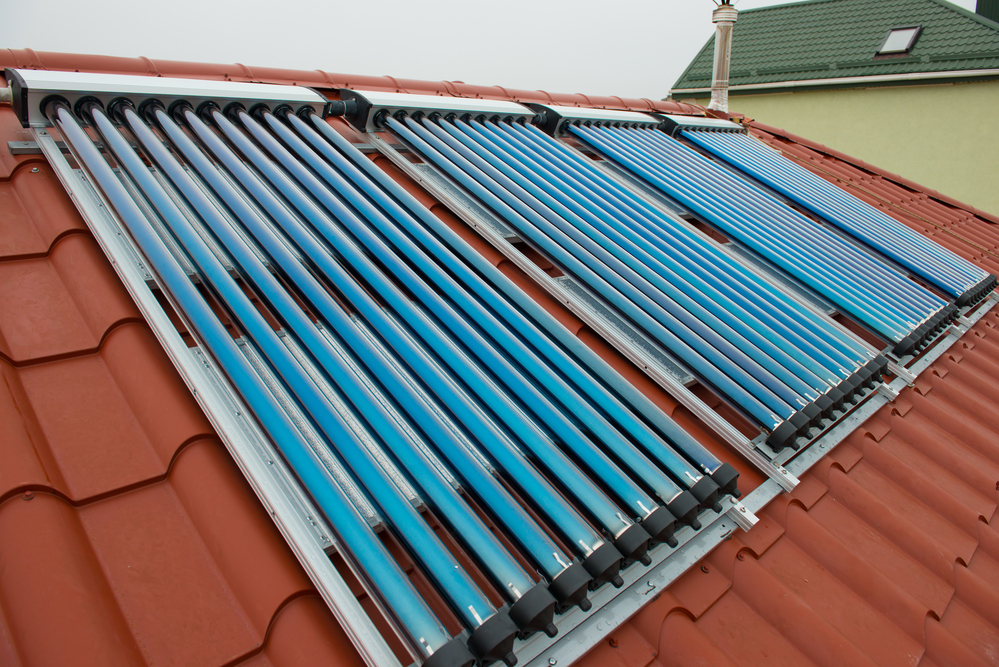
How solar panels work
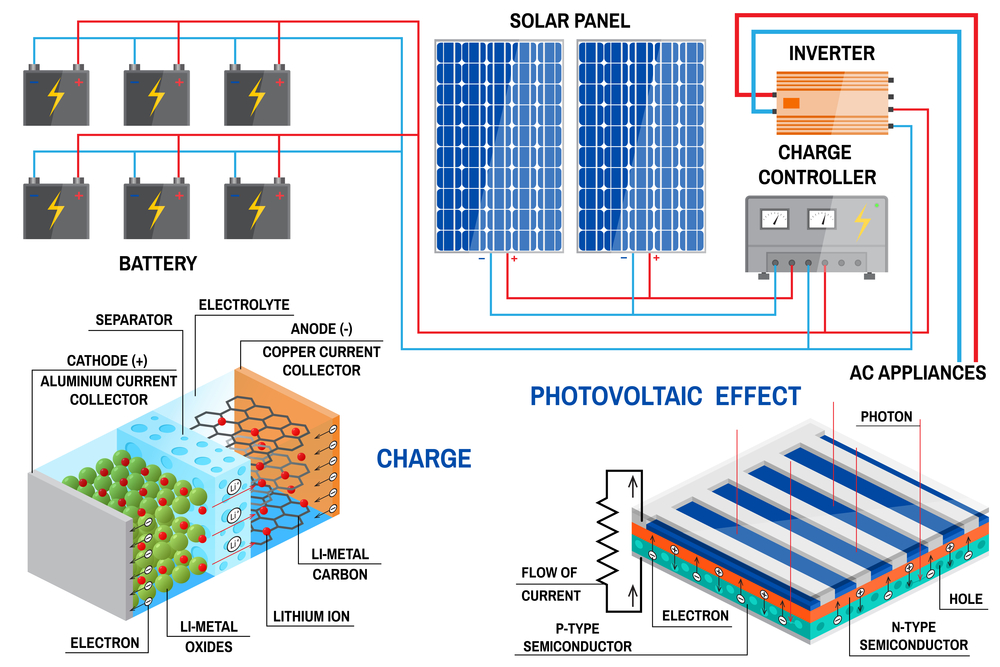
Solar panels are designed to convert solar energy into electrical energy. They are also called solar panels or solar modules. A solar panel is a device consisting of photovoltaic cells, which are just involved in the conversion of one type of energy into another. Photovoltaic cells are semiconductor plates that directly convert solar radiation into electric current. Between themselves, the photocells are connected in parallel or series electrical circuits, which together work as a single source of electric current.
Photovoltaic cells are made from different elements, but silicon-based solar cells are the most common. They are produced on an industrial scale. Cadmium, tellurium, copper selenides, and amorphous silicon are used less frequently. An even smaller percentage – about 10% – are thin-film solar cells (for example, CdTe).
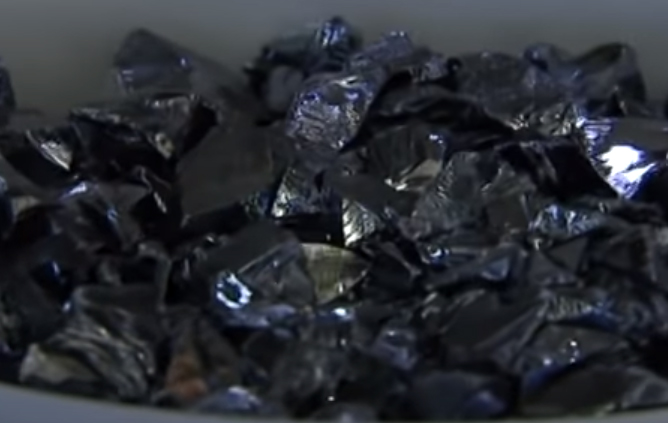
If we talk about silicon solar cells, then each of the elements is a thin plate consisting of two layers of silicon with their own physical properties, which are interconnected. Since we are talking about semiconductors, the layers must have different permeability so that free electrons can freely pass from one layer to another. After all, a semiconductor is a material whose atoms either lack electrons (p-type) or have extra electrons (n-type). Typically, the top layer is negative (n-layer) as the cathode and the bottom layer is positive (p-layer) as the anode. The excess electrons from the n-layer can leave their atoms, while the p-layer captures these electrons. That’s just the sun’s rays and act as a catalyst for such a reaction – they “knock out” electrons from the atoms of the n-layer, and then they fly to occupy empty places in the p-layer. That is, when particles of light (photons) hit the photocell, due to the inhomogeneity of the crystal, a valve photoelectromotive force is formed between the layers of the semiconductor.
As a result, there is a potential difference and a current of electrons that move in a vicious circle, leaving the p-layer, passing through an external load (in this case, a battery) and returning to the n-layer. Thus, the principle of operation of the solar panel resembles a kind of wheel, along which electrons “run” instead of proteins. In this case, the battery is gradually charged.
The top layer of the photocell plate, which faces the Sun, is made of silicon, but with the addition of phosphorus. It becomes the source of excess electrons in the pn-junction system.
Types of photocell plates
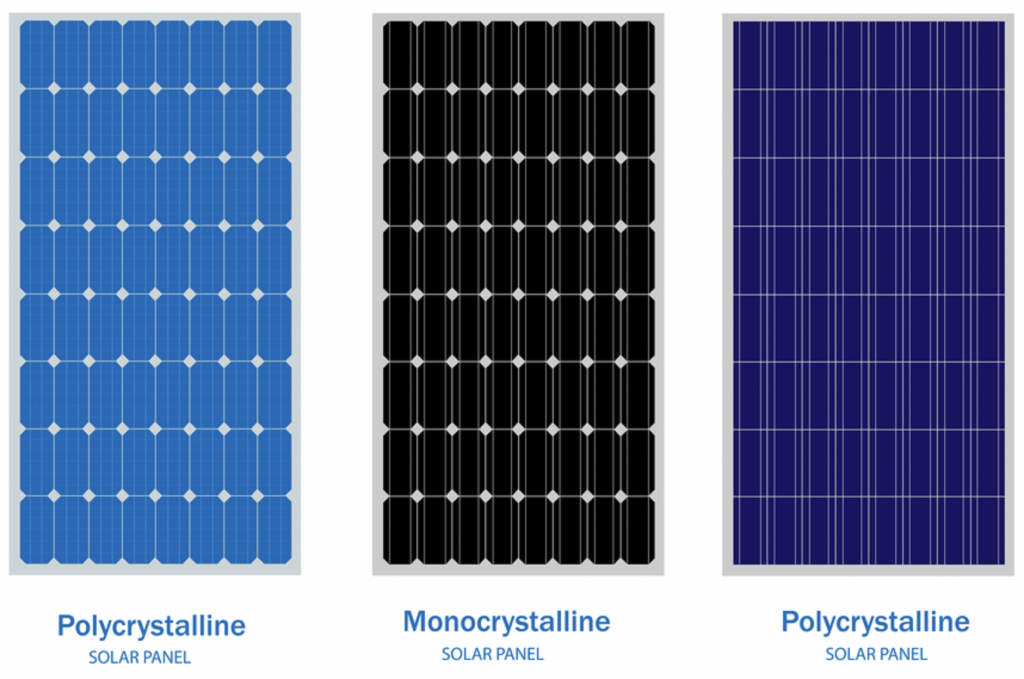
According to the manufacturing technology, silicon wafers of FEP are of two types: single-crystal and polycrystalline. Monocrystalline are made in the form of a square with bevelled corners, polycrystalline – even squares. But the form is not their main difference.
Single-crystal solar cells are made from an artificially grown solid silicon crystal. And polycrystalline ones are obtained by a fairly simple and inexpensive method of gradual cooling of molten silicon.
Therefore, single-crystal photocells have a homogeneous structure and a higher coefficient of performance (COP). However, the cost of their production is higher, they are more expensive than polycrystalline plates.
The disadvantage of polycrystalline plates is their low productivity – no more than 15%. This is due to their lack of purity and internal structure. The efficiency of a single-crystal photocell already reaches 20-25%.
solar panel efficiency
Standard silicon photocells are single-junction, that is, the flow of electrons is carried out only through one pn-junction, the zone of which is limited in photon energy. This means that each individual solar cell can produce electricity only from rays of a certain narrow spectrum. The rest of the light energy is wasted. This is the main reason for the not very high efficiency of photocells.
The efficiency of solar panels today is trying to increase in various ways. For example, one of the solutions is cascade (multi-junction) silicon elements. Each of these solar cells has several transitions and is designed for a certain spectrum of sunlight. In sum, the efficiency of converting light rays into electric current increases, and with it the performance of the panel as a whole. However, the price of such elements is higher than that of single-junction ones. Therefore, in each specific case, the consumer must solve the dilemma of what is more important to him – price or energy efficiency.
Typically, the number of photovoltaic cells in one solar panel is a multiple of 12, and the rated power of one such device is from 30 to 350 watts. The lowest efficiency, from 5% to 10%, have amorphous, organic and photochemical solar cells. Such a panel with an area of 1m 2 will generate from 25 to 50 W / h of electricity. The efficiency of the most common silicon solar cells today is 17 – 25%. This means that up to 125 Wh is generated per 1m2 of panel area. In general, developers around the world are now working to increase efficiency up to 30%, and such solutions already exist. For example, solar panels based on gallium arsenide. It is they who are able to compete with silicon panels, and with an area of 1m 2 such a panel will provide electricity in the amount of 150 W / h.
What affects the energy efficiency of solar panels?
Energy efficiency is an important indicator of solar panels. For example, one photocell (one plate) is capable of producing energy in sunny weather, which will be enough only to charge a flashlight. Therefore, when it comes to more serious scales of electricity generation, solar cells are usually combined in circuits (parallel connection – to increase the voltage, series – to increase the current strength). Their number and structure largely determine the energy efficiency of the panels. In addition, the energy efficiency of solar panels is affected by the following factors:
- luminous flux power;
- the angle of incidence of the sun’s rays;
- correct selection of load resistance;
- temperature of the ambient air and the panel itself;
- the absence or presence of an anti-reflective coating of elements.
For example, the solar cell and the panel itself gradually heat up during operation. That part of the energy that did not go to the production of electric current is transformed into heat. Therefore, often the temperature on the surface of the panel can reach values of more than 50Cº. However, the higher the surface temperature, the worse the photocell works. This means that the same panel works differently in different weather: less efficient in hot weather, more efficient in cold weather, and shows maximum efficiency on a sunny frosty day.
Advantages and disadvantages of solar panels
Like any device, solar panels have their advantages and disadvantages.
Benefits of Solar Panels
- Inexhaustibility, renewability and universal availability of a source of energy, which is important especially in the conditions of depletion of other types of natural fuels (oil, gas, coal).
- Environmental friendliness. Solar power plants are indeed among the most environmentally friendly types of electricity generation. During operation, they do not emit harmful impurities into the air, they work silently in comparison with windmills. The only thing you can find fault with, as with electric cars, is the fact that the panels themselves, batteries, power plants and various conductors use toxic substances that pollute the environment.
- Cost-Effectiveness – Solar panels provide an opportunity to save electricity and, consequently, money. After all, the sun’s rays are used to generate electricity, which are absolutely free.
- Wear resistance and long service life. The warranty period is usually 25-30 years, but the photovoltaic plant will not cease operations after this period. Wear is very slow, especially if there are no moving parts.
- Simultaneous processing of solar energy into electrical energy.
- Energy generation not only in sunny, but also in cloudy weather.
- The possibility of autonomization of the power supply system of the facility and independence from the centralized power supply.
- Simplicity, stability, reliability of the design and its installation.
- It is possible to build up the design, if there is a need to increase the power of the system, this is easy to do thanks to the modularity of solar panels.
Disadvantages of solar panels
- High cost and long payback period (up to 10 years).
- Low efficiency.
- Low energy efficiency in cloudy weather and at night.
- Uneven electricity generation, which depends on the light and weather. This can be compensated by connecting the system to the grid – then during the day it will be possible to sell excess electricity to the electric company, and at night use the centralized power supply.
- Big sizes. Panels take up a lot of space – their installation requires a significant amount of space. They can occupy, for example, the entire roof and walls of the building.
- Difficult to use in regions with high rainfall, especially snow.
- The need to install additional devices for generating AC (solar panels only produce DC) and for energy storage (because electricity is generated only during daylight hours).
Where are solar panels used?
As technology advances, so does solar energy. Solar panels are becoming cheaper and more efficient, new engineering solutions are being developed, and the scope of their scope is expanding. Solar panels are used to create entire solar power plants (SPS) , which can produce electricity on a large scale. Therefore, today solar panels are used not only in everyday life, but also in industry, agriculture, the space industry and road construction. Solar energy is used for street lighting, electric cars, electric boats and other modes of transport, in private households, smartphones and various gadgets, in children’s toys and even in barbecue devices. But apparently, this is far from the limit, and the scope of solar panels will develop even more actively and become more and more part of our lives.
